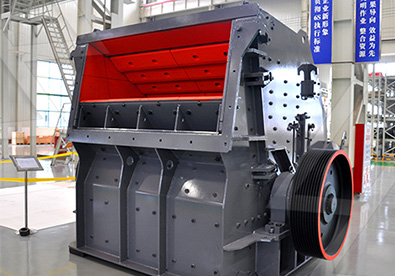A closed-circuit plant impact rock crusher is a crushing system designed to efficiently process rock and recycle materials while maintaining high productivity and product quality. Here’s a breakdown of its key components and benefits:
 Components of a Closed-Circuit Impact Crusher Plant:
Components of a Closed-Circuit Impact Crusher Plant:
1. Primary Feeder – Delivers raw material (rock, concrete, etc.) to the crusher.
2. Impact Crusher – Uses high-speed impact forces (hammers/blow bars) to break down material.
3. Return Conveyor (Closed-Circuit Loop) – Recirculates oversized material back into the crusher for further reduction.
4. Screen Deck – Classifies crushed material into desired sizes (e.g., fines, base, or chip products).
5. Discharge Conveyors – Transport finished products to stockpiles or trucks.
6. Control System – Monitors and adjusts operations for optimal performance.
Advantages of Closed-Circuit Crushing:
– Better Product Control – The screen ensures only properly sized material exits the system.
– Higher Efficiency – Recirculating oversize material reduces waste and improves throughput.
– Versatility – Can produce multiple aggregate sizes in one pass (e.g., 1″, ¾”, fines).
– Reduced Wear – Less recirculation of already-sized material extends crusher life.
– Portability (if track-mounted) – Mobile closed-circuit plants are ideal for job-site flexibility.
Common Applications:
– Recycling concrete/asphalt
– Quarrying limestone, granite, or other hard rock
– Producing spec aggregates f road base or construction
road base or construction
– Mining operations requiring precise sizing
Popular Closed-Circuit Impact Crushers:
– Track-Mounted:
– Metso Lokotrack LT1213S
– Sandvik QI442
– Terex Finlay I-140RS
– Stationary:
– Cedarapids CRH1316
– Eagle Crusher UltraMax 1400-CC
Key Considerations When Choosing:
– Feed size vs. crusher capacity
– Desired end-product specifications
– Mobility needs (tracked vs. wheeled)
– Power source (diesel-electric or hybrid)
Would you like recommendations based on a specific application or production goal?





Leave a Reply